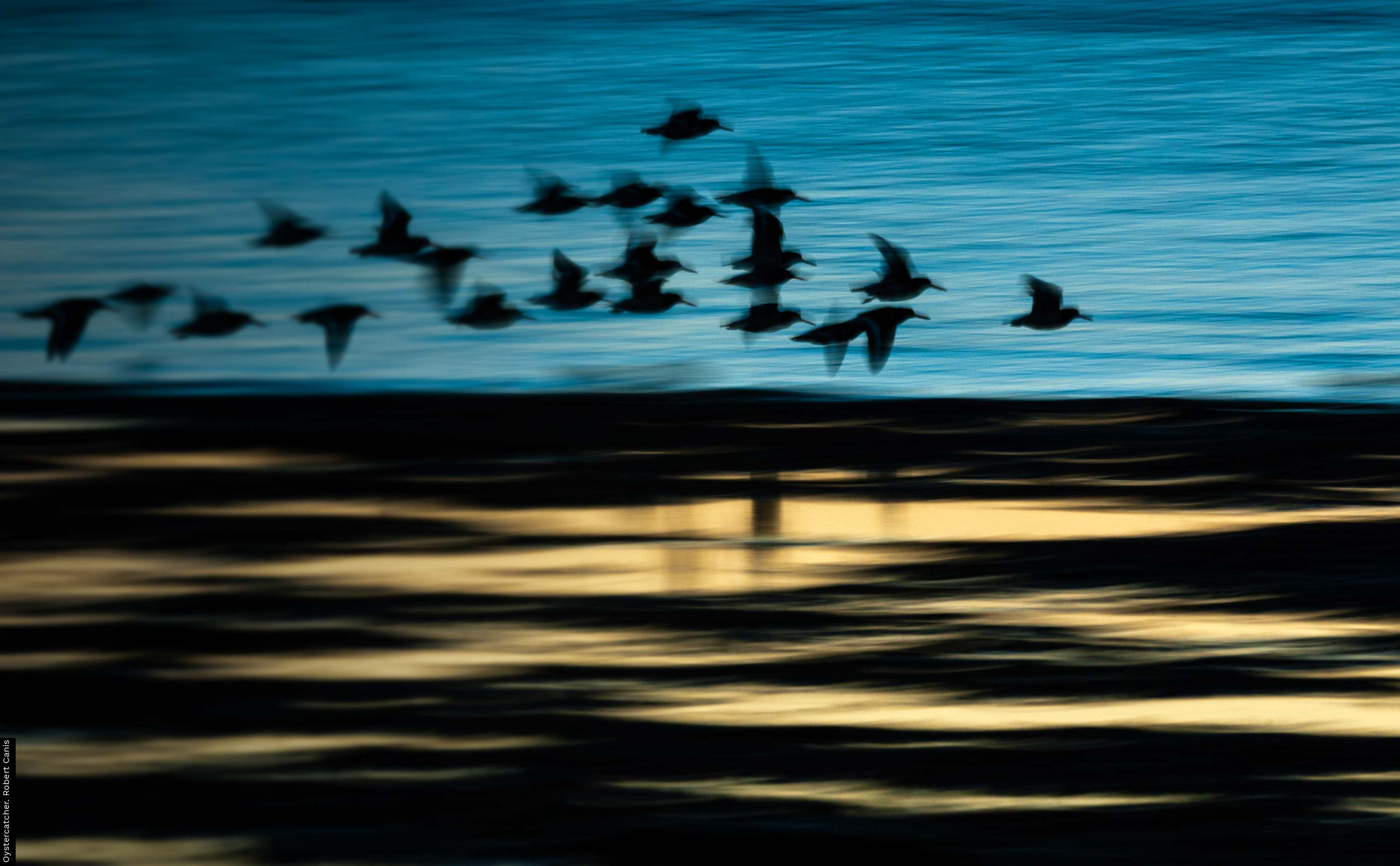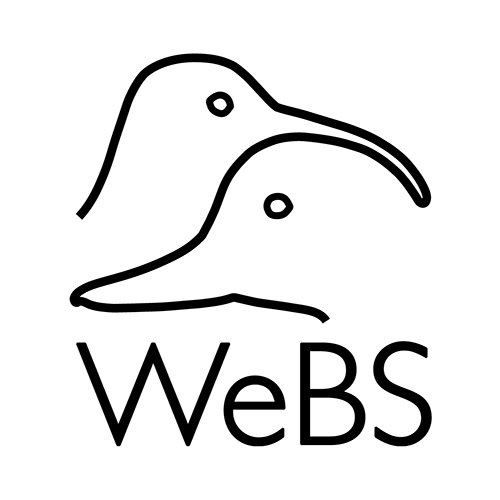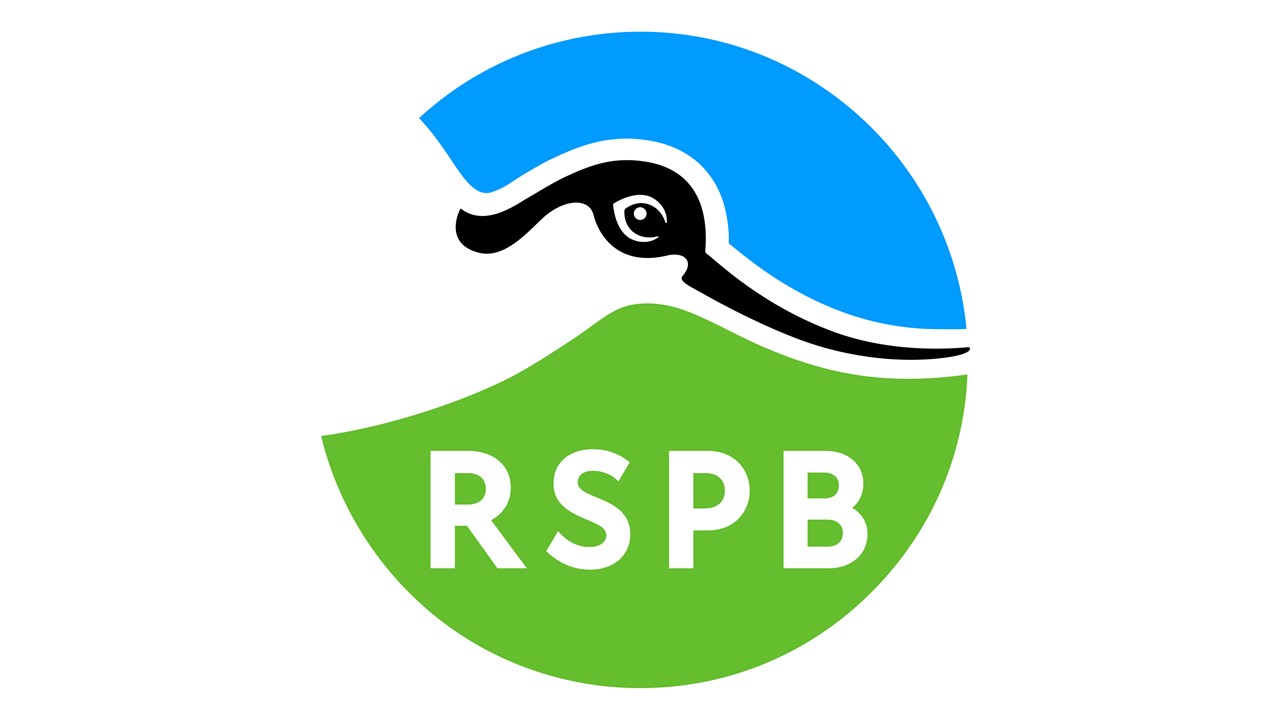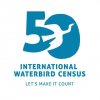International Waterbird Monitoring
International Waterbird Monitoring
For migratory waterbirds, international monitoring is essential to enable a deeper understanding of populations and provide important context to national results. Data from WeBS contribute to flyway trends and population estimates through the International Waterbirds Census (Africa-Eurasia flyway), organised by Wetlands International. WeBS also supports the development of waterbird monitoring in the flyway, and contributes expertise to the African-Eurasian Waterbird Monitoring Partnership through the Strategic Working Group.
50 Years of International Waterbird Counts
2016 was the 50th anniversary of the International Waterbirds Census (IWC). Given the importance of UK wetlands to international waterbird populations, the January counts from WeBS (and historically National Wildfowl Counts and Birds of Estuaries Enquiry) have been an important component of this worldwide monitoring programme from the start. The programme publishes waterbird population trends and population estimates that are used for setting the international importance thresholds used in the WeBS annual report.












Share this page